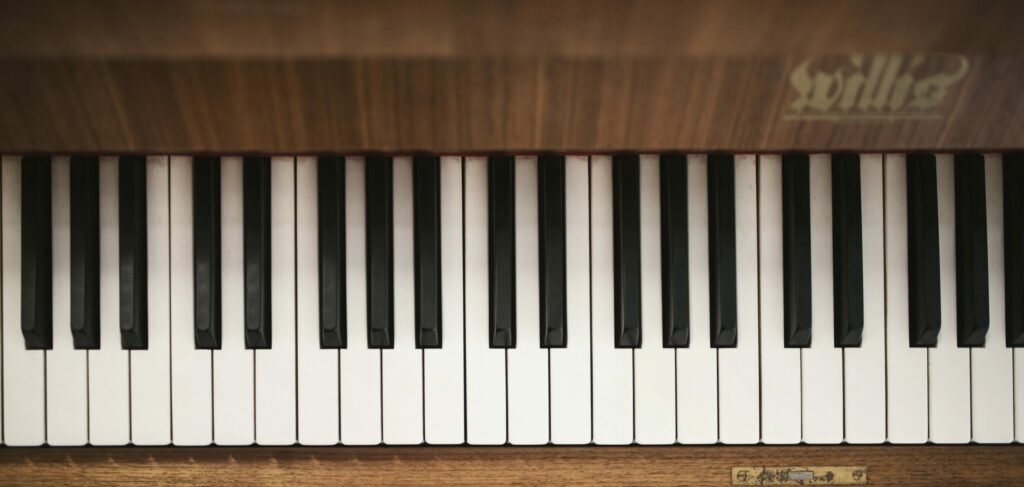This is a situation that almost all piano players would have faced. You are about to start playing a track or start your exercise and bam, there’s a key that’s stuck and doesn’t come back up after you press it. Pressed keys are one of the most common problems piano owners face. A lot of times, just pressing it a few times can also work but that’s more of a “hit the top of the TV to make it work” solution. There are a number of possible causes of keys sticking, so it can be difficult to know whether you need professional piano key repair or a simple do-it-yourself amateur fix.
Bushing Issues
Inside each key on your piano are two metal pins that help hold the key in place. These pins pass through small holes in the bottom of the key and these holes are covered with a thin felt called bushing cloth or simply bushing. Brand new pianos often feel a little stiff because the bushing is extra tight; that is, it is tightening the rail pins more than necessary. Moisture can also cause the switch bushing to swell, causing it to hold the rail pins too tight, and this is actually one of the most common culprits when it comes to heavy switches.
It is also one of the most complex problems to fix. Adjusting or replacing bushings requires absolute care and precision, so we recommend professional help if you think this might be the problem.
Crooked Pieces
Because many piano parts are made of wood, they are extremely sensitive to changes in temperature and humidity. Over time, they can bend and change shape. For example, the wood in front of the keys (called the keyring or front railing) can sometimes swell, causing some keys to rub against it.
Keys are also actually made of wood. Although often referred to as ‘ivory’, most piano keys only have ivory or plastic veneer, while the underlying core is wood. This means that the keys themselves can also bend and rub against their neighbours. In these cases, you should call your piano technician and they will decide what is the best thing to do. On rare occasions, we need to replace a complete key, but most bends can be sanded back to create adequate clearance.
Neglect
Pianos need maintenance and the basis of piano maintenance is cleaning. Small particles can get inside the piano and damage it, and it can even be something as harmless as dust. If too much dirt or debris builds up, the condition of the piano may deteriorate, which can affect the way the parts interact.
Cleaning regularly also helps reveal small items that may have fallen into the piano. When small objects such as food crumbs or coins are stuck between the keys, there is less room to move them, so they are likely to stick.
We often see that kids accidentally drop all sorts of little things between the keys, but this is a simple enough problem to solve on your own; You can slide a knife between the keys to find coins, or use a can of compressed air for smaller items if you’re worried about damaging the keys. If you’re not confident here, it’s best to leave the job to the experts.
Tight Center Pins
Most piano owners will be familiar with hammers; these are the parts that hit the strings to create sound. Hammers are connected to center pins connected to switches via moving mechanical parts. If the center pins are too tight, usually due to moisture, the keys will feel too heavy to play.








